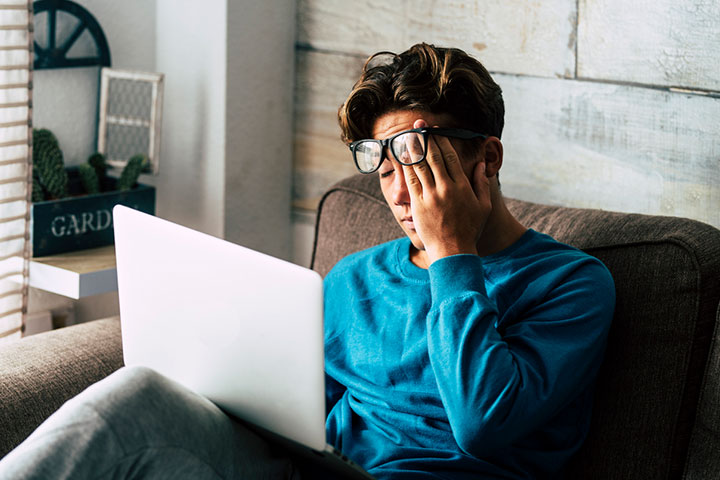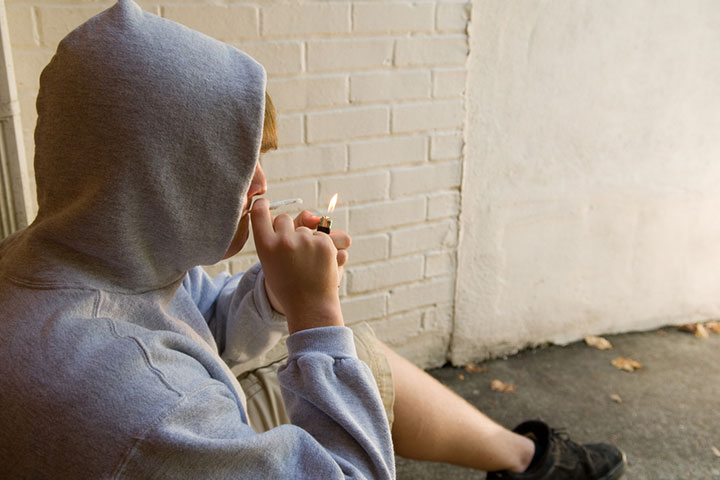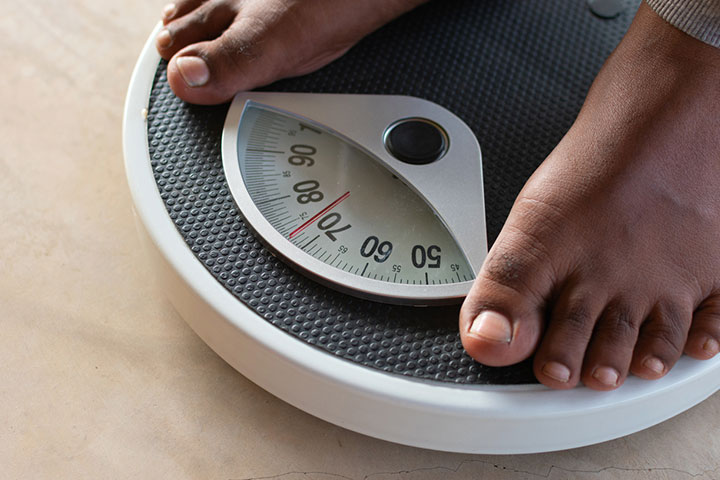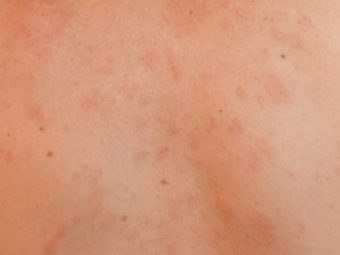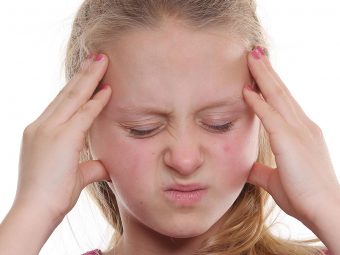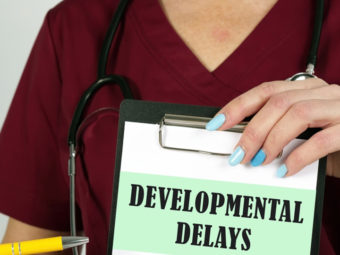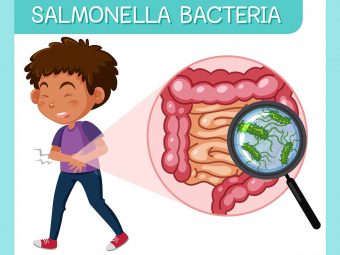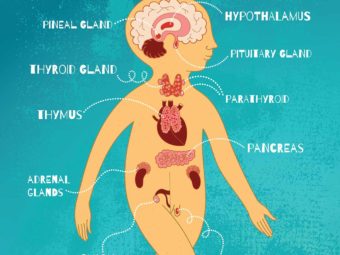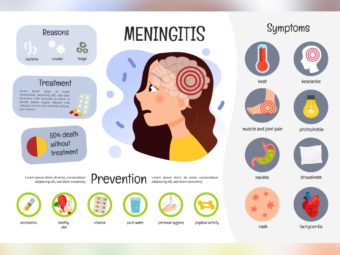
Image: Shutterstock
Erectile dysfunction in teens is common, and it may often occur due to stress, anxiety, or other factors such as smoking (1). Sexual health is an important aspect of adolescence. But many teenage sexual issues, including erectileiXRelating to the capability of the penis or other sexual organs to become erect and function normally. dysfunction (ED), are often overlooked by teenage boys. Hence, it is recommended to seek medical care and treat the underlying cause of ED. Read this post to know the causes, symptoms, and treatments of erectile dysfunction in teens.
Can Teenagers Have Erectile Dysfunction?
Erectile dysfunction (ED) in males is defined as the inability to attain or maintain penile erection for satisfactory sex (2). It is an age-related condition, with most cases (>50%) occurring in older men (3). However, it is also observed in teenagers, but not many studies have focused on that age group.
A study of 40 males in the age group of 14—19 years observed that the average duration of erectile dysfunction before seeking medical care was about 22 months (4). In fact, 87.5% of the teenagers in the study had difficulty in maintaining an erection, and 75% were unable to achieve spontaneous erections during sexual encounters (4).
Causes Of Erectile Dysfunction
In order to fully understand the causes of this issue of male reproductive health, one has to understand penile erection. It begins when the brain signals the increase of blood flow into the shaft of the penis while restricting blood outflow. This blood engorgementiXPart of the body that has become swollen. results in an erect or rigid penis (5).
Researchers have suggested that the causes of erectile dysfunction in teenagers are not only psychogenic or psychological. It could also be vasculogenic, which means due to dysfunction in blood vessels (4). Below are the various causes in detail (6) (7).
- Psychogenic causes: Psychological issues such as stress, anxiety, and depression can affect the ability to attain erection even when the penis is structurally normal (5). Even other problems such as relationship issues, past (traumatic) experiences, family or peer pressure, or major life events can have a significant impact (8).
Dr. Nicole Prause, a sexual psychophysiologist from Los Angeles, California, says, “Anxiety has been, and continues to be, the biggest predictor of erectile dysfunction (ED), especially in younger men. The mere fact that young men are more anxious about their erections has led to increased reports of ED, but not actual ED. It is a self-perpetuating cycle, where a young man is anxious he will not respond ‘enough’, and that anxiety decreases his erectile response. However, when we test them in the laboratory, younger men who believe their erections are not sufficient usually respond no differently than those who do not report having a problem. As a result, the best intervention is addressing anxiety associated with sex with a therapist.”
Image: IStock
- Vasculogenic causes: When blood vessels that bring blood to the penis become narrower, erectile dysfunction can occur. These vessels can become narrower because of disorders or conditions (5) (8).
- Neurogenic causes: Certain neurological disorders such as multiple sclerosisiXChronic disease of the central nervous system, including the brain, spinal cords, and optic nerves. , temporal lobe epilepsyiXA chronic disorder affecting the central nervous system resulting in a decline of cognitive abilities. (TLE), stroke, spina bifidaiXCongenital disability in which the spinal cord does not develop properly. , and spinal cord injury can cause erectile dysfunction (7) (8).
- Endocrinologic causes: Conditions such as diabetes mellitus, hypogonadism (testosterone deficiency), and hyperprolactinemia (high prolactin hormone levels) have been associated with erectile dysfunction (8). Hyperprolactinemia can lead to sexual disorders or dysfunction due to low levels of testosterone (8).
- Structural causes: Peyronie’s disease (formation of a fibrous scar tissue inside the penis that causes painful erections) can lead to sexual dysfunction in adolescents (9).
- Recreational substances: Smoking and the use of recreational substances (marijuana, opiatesiXA class of drugs used for relieving pain and often misused as an illegal psychotic drug. , cocaine, nicotine, and alcohol) have also been associated with erectile dysfunction (8).
Image: Shutterstock
Apart from these causes, the use of certain prescription medications for hypertension, anxiety (antidepressants), antiandrogensiXSubstance that keeps male sex hormones from binding to the androgen receptors. , etc. can also cause adolescent health issues like ED (5) (8). Other causes of erectile dysfunction include obesity, diabetes, poor diet, lack of exercise, and relationship stress.
Testosterones are male hormones that play an essential role in erection and sexual function. However, testosterone levels do not remain constant throughout a man’s life. The graph below shows that children and adolescents (up to 200 ng/dL) have relatively lower amounts of testosterone. However, once they reach 20 years of age, their testosterone levels significantly increase to about 1000 ng/dL.
Testosterone levels throughout men
Source: Erectile dysfunction: Frequently asked questions; NHS Did you know?
Did you know?Symptoms Of Erectile Dysfunction In Teenagers
There are three main symptoms of ED, which are relatively easy to identify. These symptoms are:
- Inability to get an erection.
- Inability to maintain an erection long enough to have sexual intercourse.
- Trouble having an erection that is firm enough for sexual intercourse.
These symptoms may lead to a lack of sexual arousal or a loss of interest in sex.
Risk Factors And Complications
The risk factors that are most likely to cause erectile dysfunction in teenagers can include the following (4) (7) (8).
- Presence of any existing psychological health problems
- Physical health problems
- Obesity
Image: IStock
- Existing habits of smoking, alcoholism, and substance abuse
- Blunt trauma or injury
- Lack of or relatively low physical exercise
Teenagers can face lifestyle-related complications as a result of the condition.
- Stress or anxiety arising due to erectile dysfunction
- Low-self esteem or embarrassment
Image: IStock
- Relationship problems as a result of stress or embarrassment
- An unsatisfactory sex life
- Inability to get a partner pregnant
The risk factors in older men such as hypertension (high blood pressure), atherosclerosis (plaque formation in arteries), pelvic irradiationiXImplementation of radiotherapy methods on the pelvis. , hyperlipidaemia (high level of cholesterol or triglycerides in the blood) are less likely or unlikely to be the cause of erectile dysfunction in teenagers. Researchers believe that these conditions take years or even decades to cause vascular damage (4). Also, quite a few studies have focused on these risk factors in teenagers.
Treatment Of Erectile Dysfunction In Teenagers
Treatment for ED varies from person to person. In some teenagers, improving their overall health may resolve this problem of adolescent sexual development, while some others might require treatment.
Depending on the cause of erectile dysfunction, doctors can recommend the following lines of treatment (8).
- Lifestyle changes: Several factors such as obesity, smoking, absence of or limited physical activity, and excessive intake of alcohol can increase the risk of erectile dysfunction. Therefore, bringing lifestyle and dietary changes to tackle these issues can help the teen.
Image: Shutterstock
- Psychotherapy: Therapy sessions to identify the underlying psychological problems can be effectively used in teenagers with psychogenic erectile dysfunction. Techniques such as sex education and interpersonal therapy can also be suggested.
- Natural treatments: Over-the-counter natural remedies are also available, attracting people with their promises. However, there is little scientific evidence available on them. Do not try any such treatments without consulting a doctor.
 Quick fact
Quick factHow Puberty Affects Penis Size?
Puberty timeline may vary among teenage boys. Your child may experience transformations such as changing body shape, increase in the size of scrotum and testicles, the appearance of pubic hair, change in voice, and growth of the penis (10).
Penis firstly grows in length and then in the width or circumference. Teenage boys can have an adult-sized penis between the ages of 13 to 18 years (10).
Teenagers usually are not aware that the size of the penis doesn’t affect sexual behavior or activity. They may develop body image issues or concerns based on misconceptions related to the size of the flaccidiXLoose or limp. and rigid penis. As a parent, you should have articulate conversations with your child to make him understand about these physiological changes.
Moreover, unpredictable or involuntary erection can happen anytime during puberty. There is nothing to be ashamed about wet dreams (ejaculations while dreaming). You should make your child understand that these erections get less frequent with time.
Frequently Asked Questions
1. What are some of the exercises to fix erectile dysfunction?
There is no defiend exercise regimen for teens with erectile dysfunction. A proper, balanced exercise routine for 30 minutes each day, for almost all day of the week, can help maintain overall health, including prostate health (11).
2. How can I test for erectile dysfunction at home?
There is no scientific way to test for ED at home. You should visit the doctor and evaluate yourself if you see the symptoms.
3. How long does it take to cure erectile dysfunction through exercise?
Suppose you have ED brought on by lifestyle factors, obesity, hypertension, metabolic syndrome, and/or cardiovascular illnesses; it may take you six months to see an improvement, provided you indulge in aerobic exercises for at least 160 minutes a week (12).
Erectile dysfunction in teens is uncommon, but it can occur. There can be several reasons why erectile dysfunction occurs in teens. However, physical health problems, obesity, and low or no physical exercise are some of its risk factors. Since the condition can affect teenagers’ emotional health such as their self-confidence and self-esteem, helping them understand the condition is essential. So, have an open conversation with your teen and encourage them to share their feelings and emotions. Seek medical guidance to resolve the condition. Remember, talking to a doctor and parental support can help improve a teen’s physical and psychological well-being.
Infographic: Understanding Psychological Erectile Dysfunction
Sometimes a physically fit man faces difficulties getting or maintaining an erection due to various psychological factors. Early identification and treatment could help to improve this condition. Go through the infographic to know the causes and treatments of psychological erectile dysfunction. Illustration: Momjunction Design Team
Key Pointers
- Sexual health is an often overlooked but important aspect of adolescence.
- Erectile dysfunction is an age-related condition and is defined as the inability in males to maintain a penile erection for satisfactory sex.
- Psychogenic causes such as stress, anxiety, and depression, vasculogenic causes, neurogenic causes, endocrinologic causes, structural causes, and recreational substances are the causes behind erectile dysfunction in teenagers.
- Early treatment of erectile dysfunction is important to prevent sexual and psychological problems in the future.
- The treatment usually consists of medication, therapy, and lifestyle changes.
Image: Stable Diffusion/MomJunction Design Team
Learn about the causes and treatments for erectile dysfunction from this informative video and take a step towards better sexual health.
References
1. How common is sexual dysfunction among adolescents?; International Society for Sexual Medicine
2. Definition and Facts for Erectile Dysfunction; National Institute of Diabetes and Digestive and Kidney Diseases
3. Erectile Dysfunction (Impotence); NHS Inform
4. Tal R. et al., Vasculogenic erectile dysfunction in teenagers: a 5-year multi-institutional experience: BJU international
5. Robert C. Dean and Tom F. Lue; Physiology of Penile Erection and Pathophysiology of Erectile Dysfunction; NCBI
6. Papagiannopoulos D., Khare N., and Nehra A., Evaluation of young men with organic erectile dysfunction: Asian Journal of Andrology
7. Rastrelli G. and Maggi M. Erectile dysfunction in fit and healthy young men: psychological or pathological?; Translational Andrology and Urology
8. Shamloul R. and Ghanem H., Erectile dysfunction; The Lancet
9. Tal R. et al., Peyronie’s disease in teenagers; The Journal of Sexual Medicine
10. Physical Development in Boys: What to Expect; American Academy of Pediatrics
11. Exercise and erectile dysfunction (ED); Harvard Health Publishing
12. Physical Activity to Improve Erectile Function: A Systematic Review of Intervention Studies; National Library of Medicine





 Research finds
Research finds